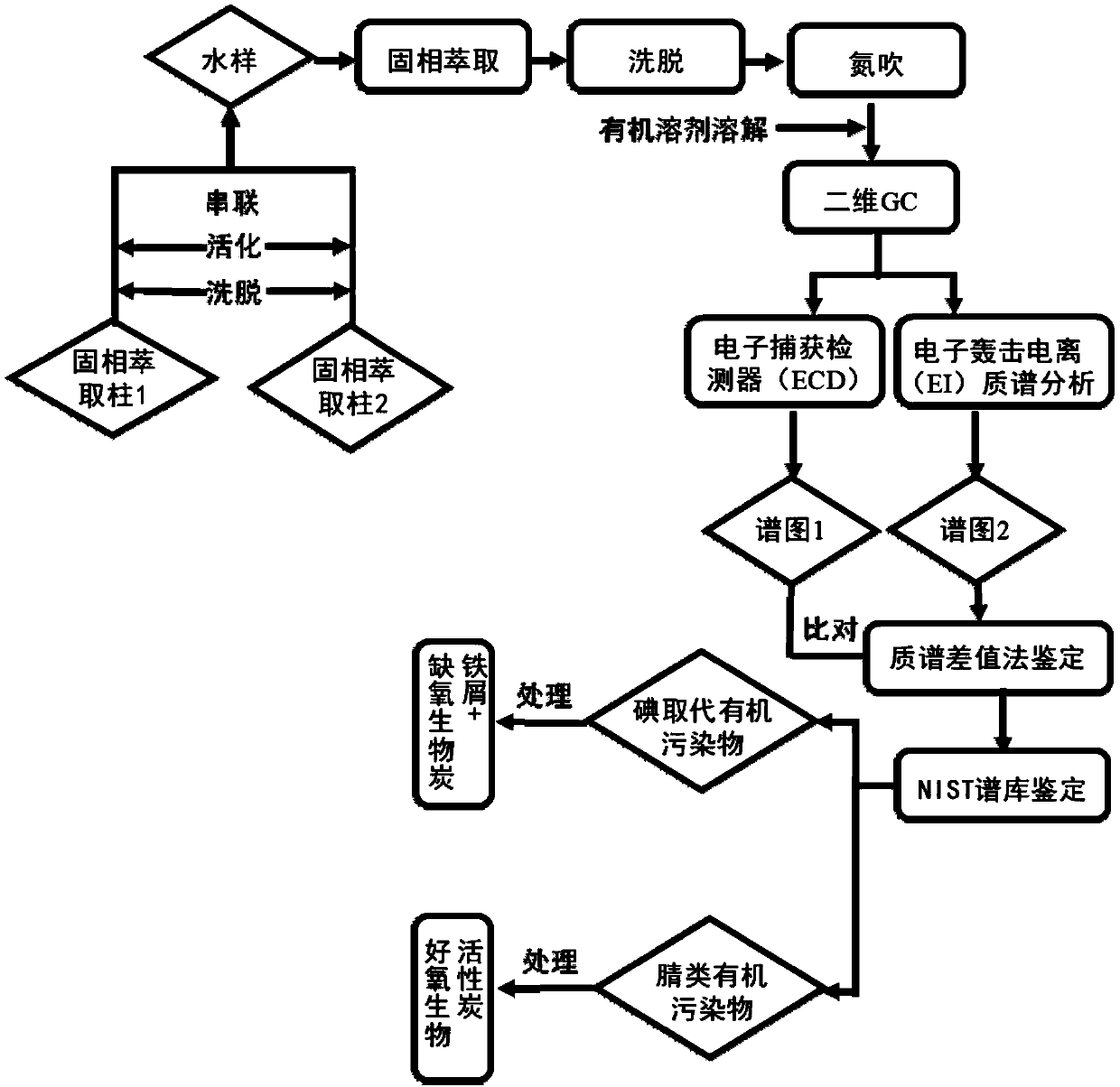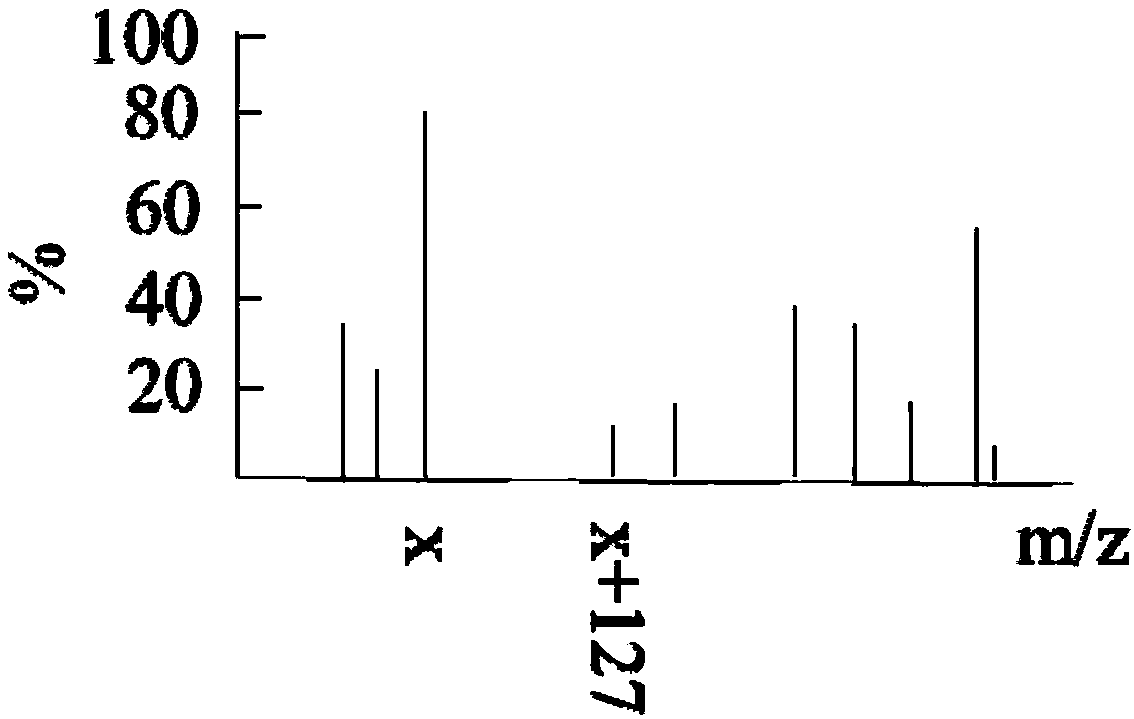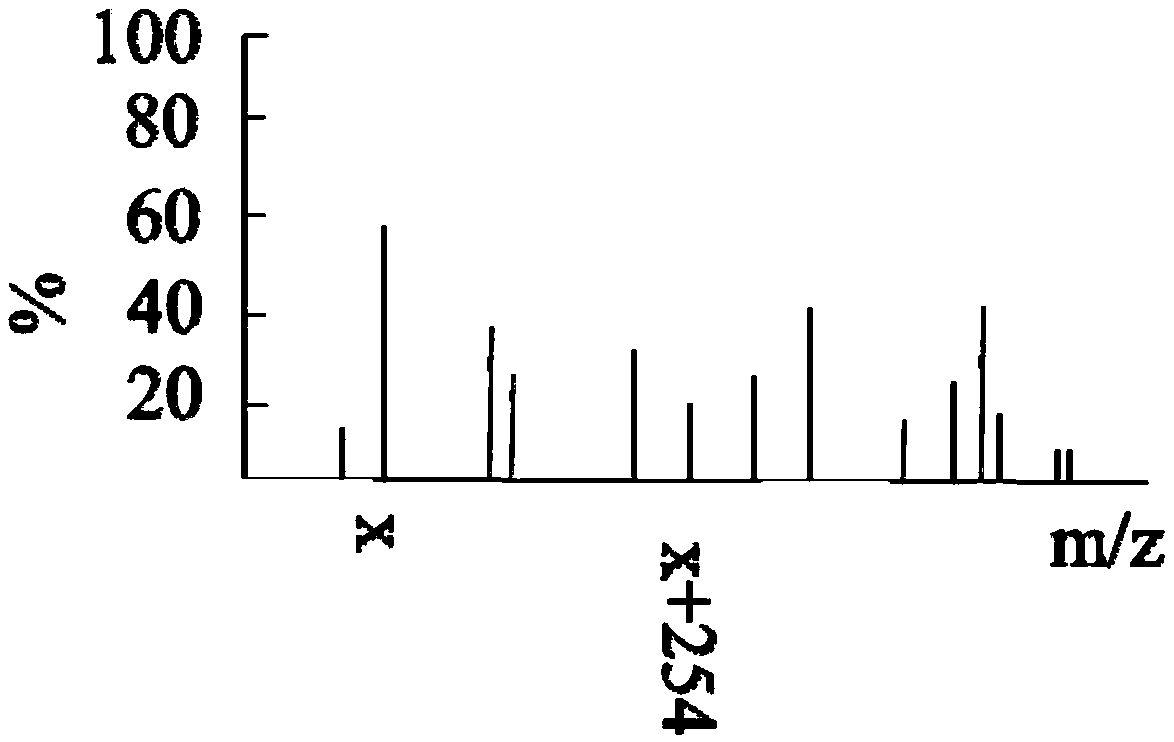Water treatment method based on pollutant screening
A pollutant and water treatment technology, applied in biological water/sewage treatment, water/sludge/sewage treatment, water pollutants, etc., which can solve the problems of lack of rapid screening of iodine substitution, expensive instruments, and insufficient scanning speed. , to achieve reliable screening, good removal effect and good separation effect.
- Summary
- Abstract
- Description
- Claims
- Application Information
AI Technical Summary
Problems solved by technology
Method used
Image
Examples
example
[0124] General method: a solid phase extraction column with modified polystyrene-divinylbenzene filler and a solid phase extraction column with activated carbon filler are connected in series. The unloaded solid phase extraction column was eluted with dichloromethane, acetone and methanol solvents in sequence, and the solid phase extraction column was activated with methanol and ultrapure water; A solid-phase extraction column for adsorbing organic matter; nitrogen blowing the eluate after solid-phase extraction until it is completely dry, and it is dissolved in organic solvents such as n-hexane and dichloromethane.
[0125] The sample preparation and data collection in Example 1-2 are the same, and the specific process is as follows:
[0126] Preparation of the solid phase extraction column: Take the empty column tube of the solid phase extraction column with a volume of 6 mL, and place the sieve plate on the bottom of the column tube. The filler was Soxhlet extracted with dichlo...
example 1
[0130] After the sample to be tested is analyzed by two-dimensional gas chromatography-EI mass spectrometry, mass spectra arranged in order of mass-to-charge ratio are obtained, and some of the mass spectra are as follows Image 6 Shown. Take C 7 H 3 I 3 O 2 As an example, in this figure, m / z=119, m / z+381=500, a mass spectrum peak can be observed at m / z=500, and S / N> 3. R> 3%, there is this signal in the result of the corresponding shunt ECD detector, and S / N> 3. R> 3%, therefore, the test substance contains triiodo pollutants. It can be combined with NIST library for further identification.
[0131] Since iodine has been screened to replace organic pollutants, the water sample to be processed can be passed through a treatment facility, which is filled with hypoxic biochar and iron filings, and the halogenated contaminants are reduced and biodegraded for disposal. The water sample treatment device such as Figure 4 Shown.
example 2
[0133] After the sample to be tested is analyzed by two-dimensional gas chromatography-EI mass spectrometry, mass spectra arranged in order of mass-to-charge ratio are obtained, and some of the mass spectra are as follows Figure 7 Shown. Taking the existing diphenylacetonitrile as an example, in this figure, m / z=167, m / z+26=193, the mass spectrum peak can be observed at m / z=193, and S / N> 3. R> 3%, there is this signal in the result of the corresponding shunt ECD detector, and S / N> 3. R> 3%, therefore, the test substance contains nitrile organic pollutants. It can be combined with NIST library for further identification.
[0134] Since the nitrile organic pollutants have been screened out, the water sample to be treated can be passed through the treatment facility. The treatment facility is filled with aerobic biological activated carbon to adsorb and degrade the nitrile organic pollutants, thereby disposing of it. Sample processing device such as Figure 5 Shown.
PUM
 Login to View More
Login to View More Abstract
Description
Claims
Application Information
 Login to View More
Login to View More - Generate Ideas
- Intellectual Property
- Life Sciences
- Materials
- Tech Scout
- Unparalleled Data Quality
- Higher Quality Content
- 60% Fewer Hallucinations
Browse by: Latest US Patents, China's latest patents, Technical Efficacy Thesaurus, Application Domain, Technology Topic, Popular Technical Reports.
© 2025 PatSnap. All rights reserved.Legal|Privacy policy|Modern Slavery Act Transparency Statement|Sitemap|About US| Contact US: help@patsnap.com



